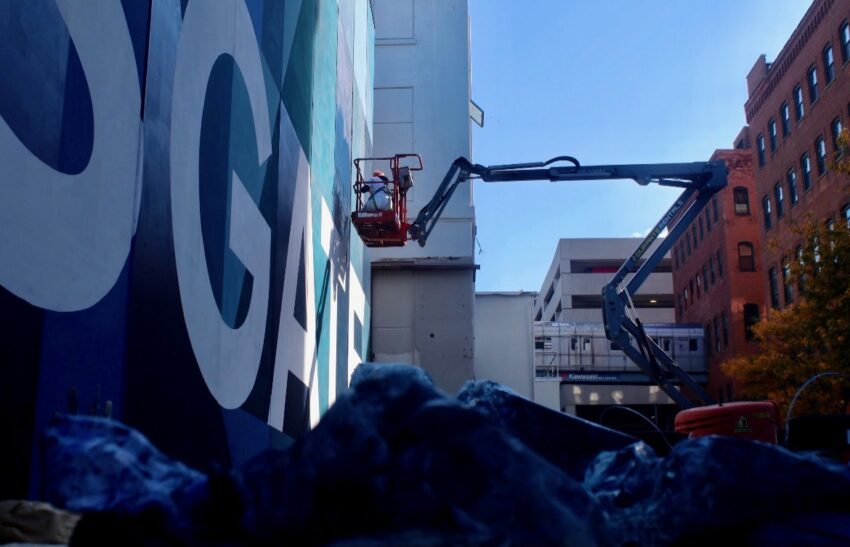Mural painting is a captivating form of art that transforms ordinary walls into extraordinary canvases. This timeless medium has a rich history and continues to flourish in various forms today. In this exploration, we’ll uncover the essence of mural painting, its significance, techniques, and the stories these vibrant artworks tell.
The Artistry of Mural Painting
Heading: A Journey Through Time
- Ancient Origins: The roots of mural painting can be traced back to ancient civilizations like Egypt and Mesopotamia, where it adorned tombs and temples.
- The Renaissance Revival: During the Italian Renaissance, artists like Michelangelo and Leonardo da Vinci elevated mural painting to its zenith.
Heading: A Canvas for Creativity
- Beyond Galleries: Mural painting brings art into the public realm, allowing everyone to engage with it freely.
- Community Connection: Collaborative mural projects foster community spirit and identity.
Techniques and Styles
Heading: The Diverse Palette of Mural Art
Realism and Portraiture
- Photographic Precision: Some muralists specialize in realistic depictions, creating lifelike portraits and scenes.
- Capturing Emotions: Realism in mural art has the power to evoke deep emotions and connections with viewers.
Abstract and Street Art Influences
- Freedom of Expression: Abstract and street art-inspired murals often feature bold colors, geometric shapes, and unique symbolism.
- Urban Expression: These murals have become emblematic of urban culture, adding vibrancy to cityscapes.
Heading: The Artistic Process
Conception and Planning
- Inception of Ideas: Mural artists begin with a concept or theme they wish to convey through their art.
- Design and Collaboration: The design phase often involves sketches and consultations with clients or communities.
Execution and Craftsmanship
- Preparing the Canvas: Walls are prepped by cleaning, priming, and, if necessary, repairing, ensuring a perfect backdrop.
- Artistry in Action: Muralists employ a range of tools, from brushes to aerosol cans, layering their vision onto the wall.
The Significance of Mural Painting
Heading: Transforming Environments and Minds
- Enhancing Aesthetics: Murals breathe life into spaces, adding visual charm to neighborhoods.
- Cultural Narratives: Many murals depict local heritage, traditions, and stories, preserving a community’s identity.
Heading: A Community Affair
- Building Bonds: Community involvement in mural creation fosters pride and unity.
- Economic Benefits: Murals can boost tourism and local business, reinvigorating neighborhoods.
The Evolving Role of Mural Painting
Heading: Beyond Beauty
- Advocacy and Activism: Murals often carry powerful messages, from social justice to environmental awareness.
- Art as a Catalyst: Mural painting serves as a conversation starter, inspiring change and raising awareness.
Heading: The Digital Age Impact
- Virtual Murals: In the digital era, artists create virtual murals and street art in augmented reality, bridging the digital-physical gap.
- Global Reach: The internet enables muralists to share their work worldwide, amplifying their influence.
Conclusion: The Eternal Magic of Mural Painting
Mural painting is an age-old art form that continues to evolve and captivate. From ancient frescoes in Pompeii to contemporary street art adorning city walls, mural painting enriches our cultural heritage.
As we celebrate muralists’ creativity, we recognize that their work transcends aesthetics. Murals are storytellers, community builders, and agents of change. They turn blank walls into vibrant canvases of cultural expression and social awareness.
The next time you encounter a mural painting, pause to appreciate its beauty, history, and significance in our shared spaces. These masterpieces remind us that art knows no bounds and connects us all, one wall at a time. Whether you call it mural painting or painting a wall mural, the result is a masterpiece that adds color and meaning to our lives.

